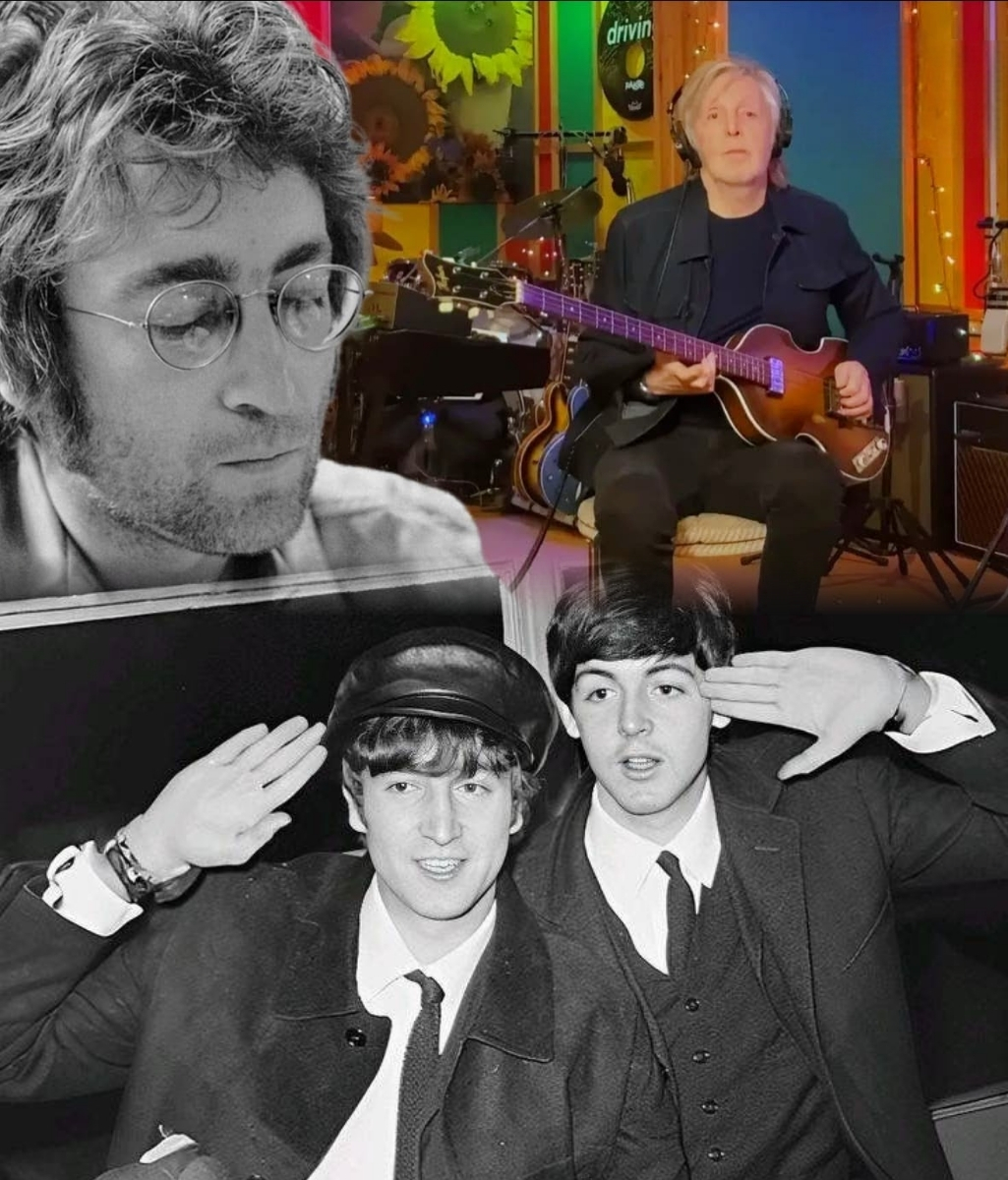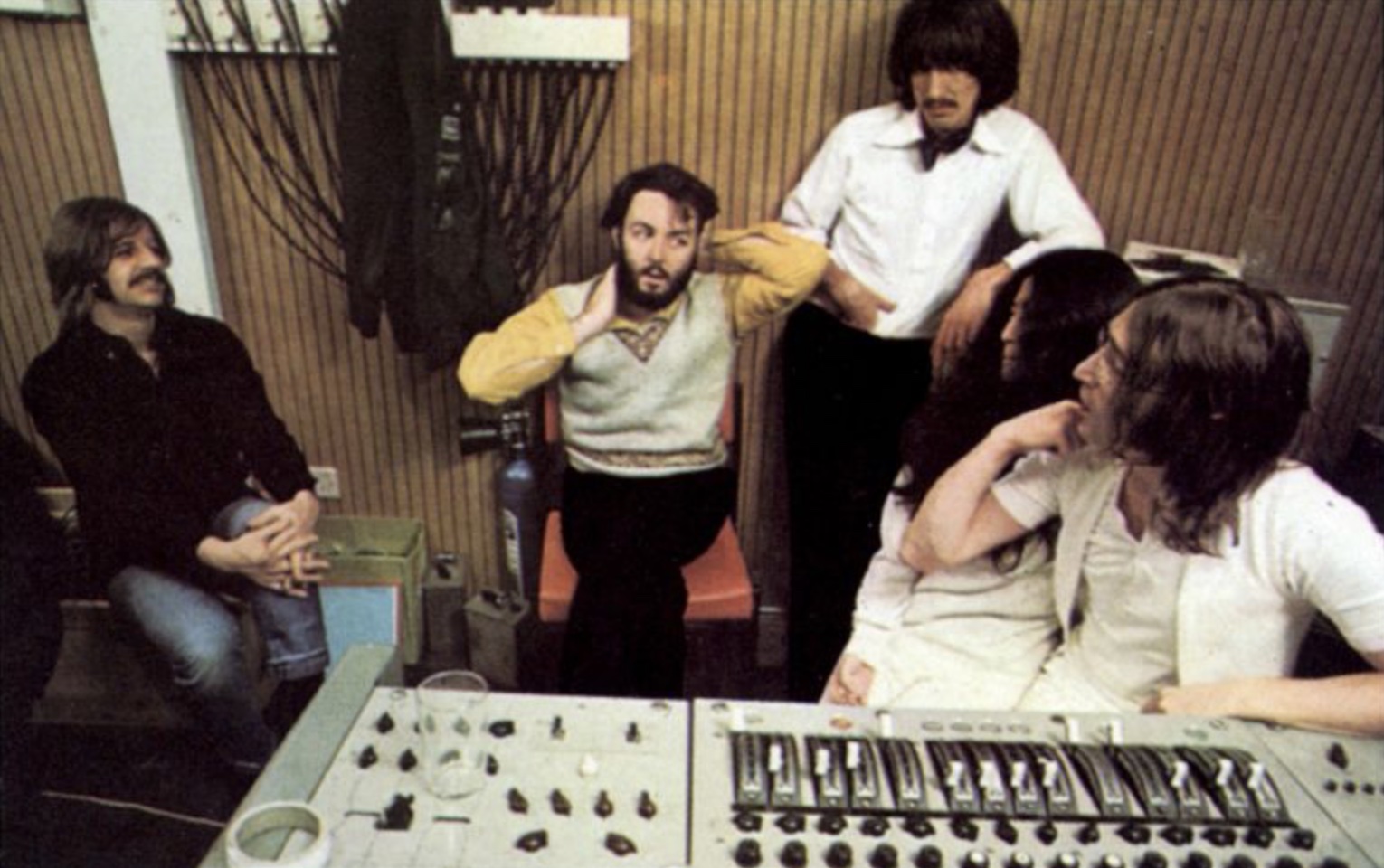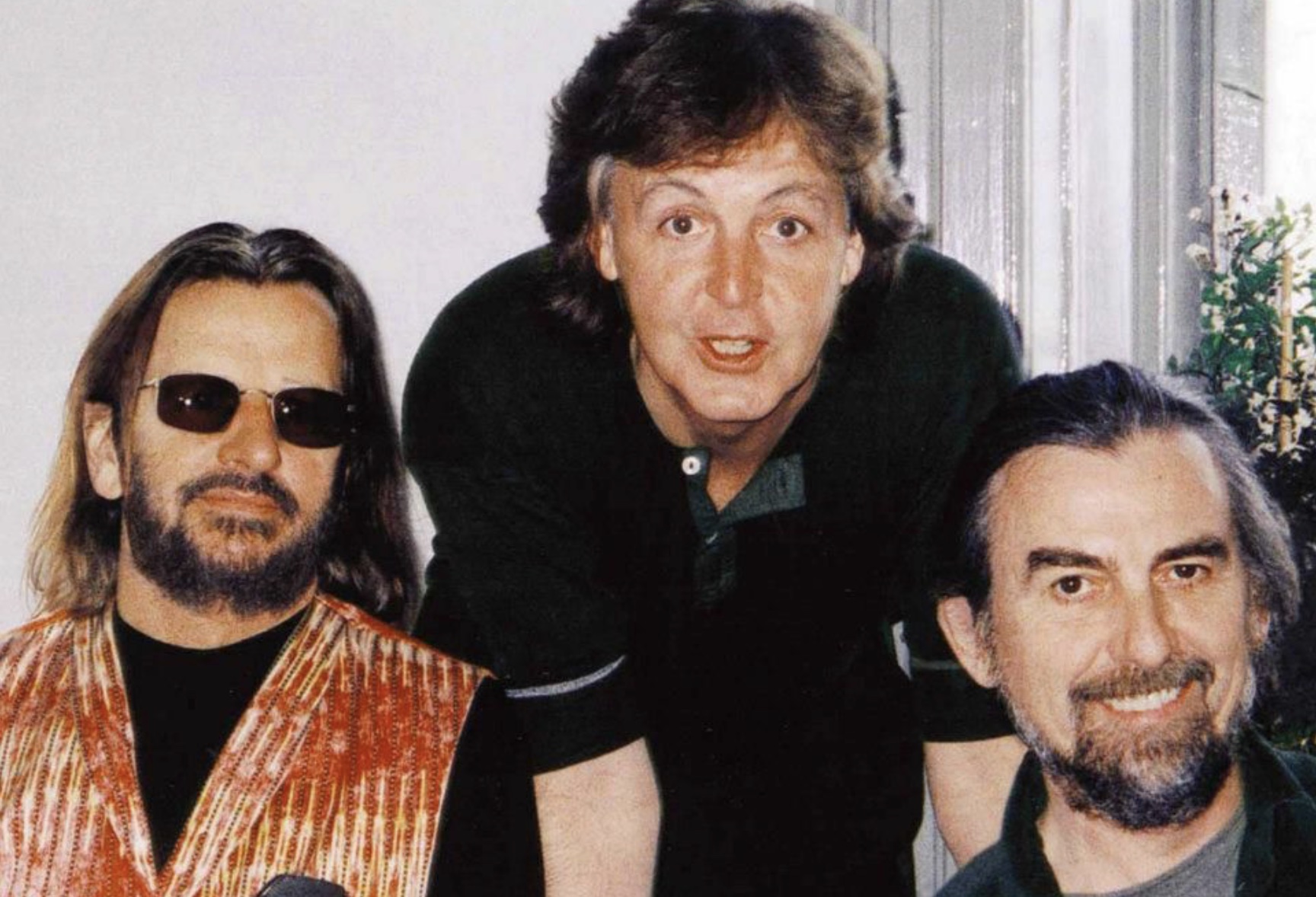
The Last Beatles Song Wasn’t the Last
Two years ago, Paul McCartney stunned the world by completing what was described as the last Beatles song, “Now and Then.” Using cutting-edge technology, he managed to separate and enhance John Lennon’s old demo vocals, releasing a single that became the group’s first UK number one in 64 years. It felt like a final chapter in the Beatles’ story. But McCartney, it seems, wasn’t done. In 2025, he has once again turned to artificial intelligence — this time to breathe new life into two more Lennon demos: “Free as a Bird” and “Real Love.”
The Technology That Made It Possible

At the heart of this resurrection is a tool known as MAL (Machine Assisted Learning), developed by Wingnut Films, the New Zealand company led by Lord of the Rings director Peter Jackson. MAL was originally created to isolate and enhance sounds from vintage recordings, a process engineers have compared to “unbaking a cake.” By teasing apart layers of sound, it can separate vocals from instruments even when captured on the same track. With MAL, Lennon’s muffled, piano-laden demos from the late 1970s suddenly emerged as though recorded in a modern studio.
Lennon’s Voice, Clear After Decades

The emotional power of these tracks lies in hearing Lennon’s voice — not ghostly or distant, but immediate, warm, and alive. In the mid-1990s, McCartney, George Harrison, and Ringo Starr had already attempted to bring these songs into the world, layering new instrumentation over Yoko Ono’s tapes. The singles were released as part of The Beatles Anthology project and were celebrated as the first new Beatles recordings in over 25 years. But McCartney later admitted he was never satisfied with how Lennon’s vocals had been buried by noise and distortion. Now, with MAL, those limitations have finally been erased.
A Fresh 2025 Mix
This November, fans will hear 2025 remixes of Free as a Bird and Real Love in a reissue of the Beatles Anthologycompilation. Free as a Bird has already appeared on streaming services, giving listeners a preview of the clarity MAL can achieve. Lennon’s vocals now soar, free of the static and piano bleed that once obscured them, while McCartney, Harrison, and Starr’s parts remain woven around them with subtlety. For many, it feels as if the Beatles have been momentarily reunited in the studio again.
A Collaboration Between Legends

This isn’t McCartney and Jackson’s first time working with MAL. In 2021, Jackson famously employed the technology during the making of the Disney+ documentary Get Back, where it uncovered hidden conversations among the Beatles during rehearsals. Then, in 2023, MAL became the key to completing Lennon’s Now and Then, which not only topped the charts but also proved the Beatles could still move the world decades after their last notes together.
McCartney’s Mixed Feelings About AI
Yet McCartney remains cautious about the broader implications of artificial intelligence. While he embraces MAL for its ability to preserve and restore, he has expressed concern over generative AI — systems that create new music, text, or images by training on existing works. In May 2024, he was among 400 prominent creatives who signed an open letter urging the UK government to enforce transparency from AI companies, requiring them to disclose which copyrighted material was used in training their systems.
Why This Matters
For Beatles fans, these developments mean more than just technology at work. They are about memory, legacy, and the emotional bridge between the past and present. To hear Lennon’s voice ring clearly after decades in obscurity is to feel history bend — to feel as though one of music’s greatest voices has stepped back into the room, if only for a song or two.
And as the release date for the Anthology reissue approaches, one question lingers in the minds of millions: if technology can give us Lennon’s voice again, where will McCartney draw the line between preservation and reinvention?